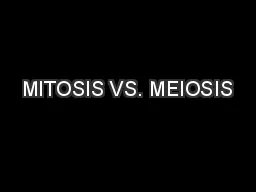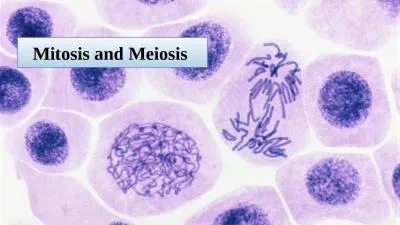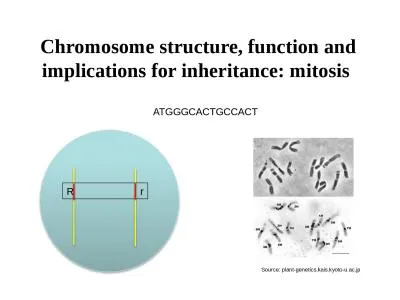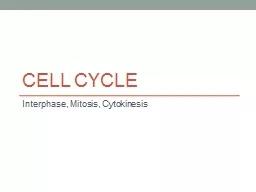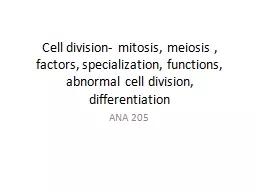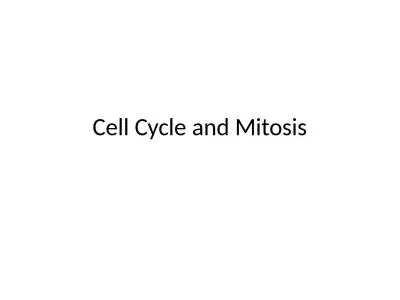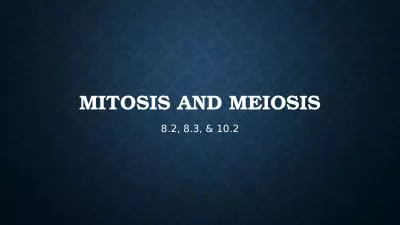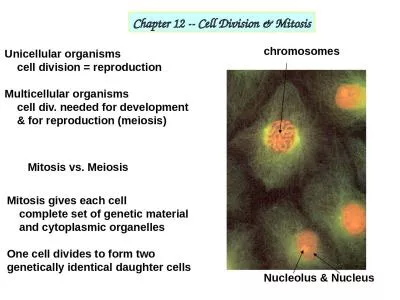PPT-Cell Cycle, Mitosis, Meiosis
Author : test | Published Date : 2016-10-31
Unit 5 Welcome Back Musical Chairs TODAY Notes on Cell Cycle Become medical school students on oncology rotation Homework for next time Watch Bozeman video on
Presentation Embed Code
Download Presentation
Download Presentation The PPT/PDF document "Cell Cycle, Mitosis, Meiosis" is the property of its rightful owner. Permission is granted to download and print the materials on this website for personal, non-commercial use only, and to display it on your personal computer provided you do not modify the materials and that you retain all copyright notices contained in the materials. By downloading content from our website, you accept the terms of this agreement.
Cell Cycle, Mitosis, Meiosis: Transcript
Download Rules Of Document
"Cell Cycle, Mitosis, Meiosis"The content belongs to its owner. You may download and print it for personal use, without modification, and keep all copyright notices. By downloading, you agree to these terms.
Related Documents


